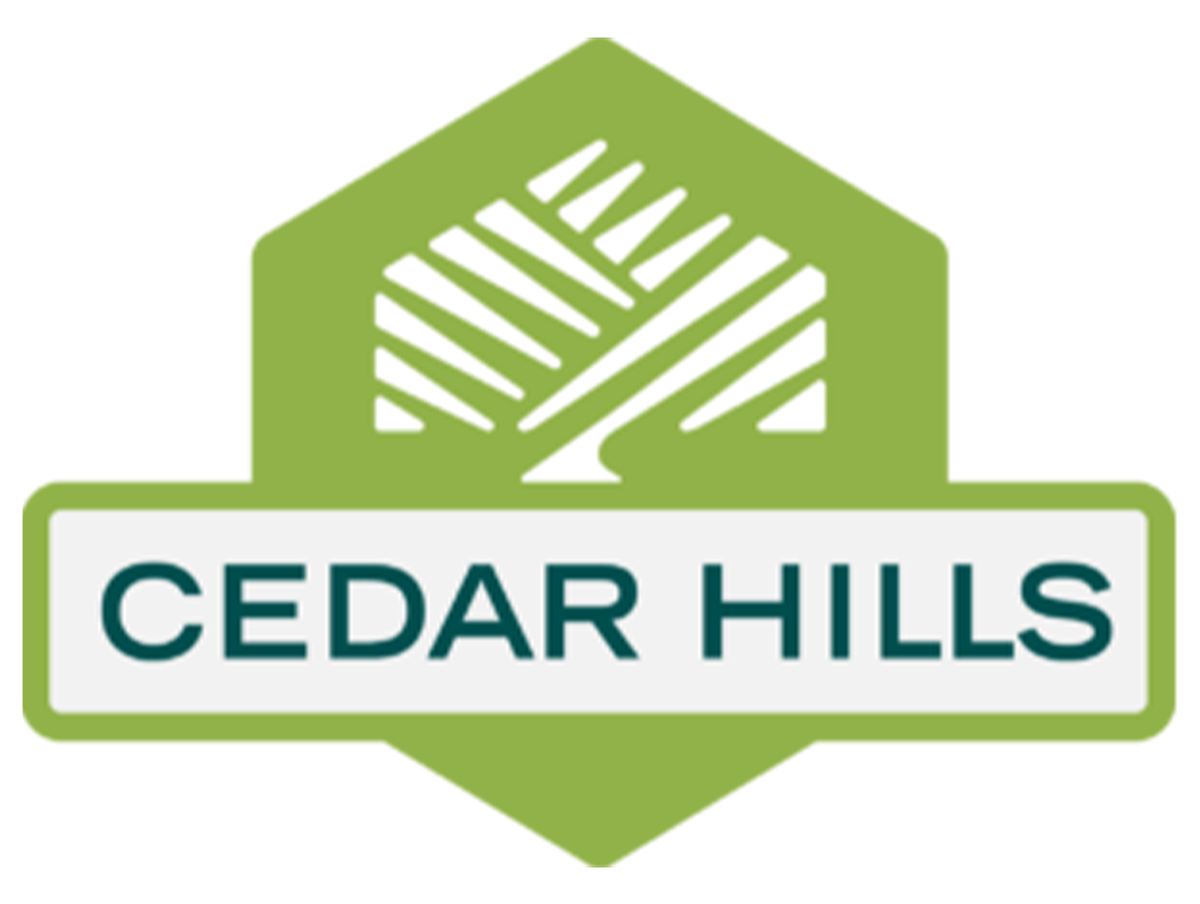Storm Water
Storm Water Runoff
What is Storm Water Runoff?
When it rains, storm water runs off roads, parking lots, driveways, roofs, and yards. As it flows across these surfaces, storm water picks up contaminants such as oils, salts, sediments, fertilizers, pesticides, and household chemicals. Contaminated storm water flows into storm drains, ditches, and gutters, and eventually into streams and wetlands, which can lead to fish kills, loss of wildlife habitat, and public health risks. Uncontrolled storm water runoff is one of the largest remaining sources of water quality impairment in the United States.
As communities grow and develop, more land is covered with impervious pavement. Communities working together can lessen the degree of contamination and help protect local water resources! Here's some tips on how you can control storm water runoff:
Maintain your car or truck. Never dump anything down a storm drain. Always recycle used oil, antifreeze, paint and other harmful fluids. Fix oil leaks in your vehicles.
Wash your car at a commercial car wash rather than in the street or in your driveway. If you wash your car at home, wash it on your lawn.
Consider driving less. Take a bus, carpool or bike to work. Combine errands when you drive. Get vehicle emissions checked and repaired.
Cut down on fertilizers, pesticides and herbicides. If you use these chemicals, follow directions and use them sparingly. Don't fertilize before a rainstorm. Consider using organic fertilizers. Let your lawn go golden brown in the summer months; it will rebound in the fall. Compost or mulch lawn clippings. Preserve existing trees or plant new ones - trees hold rainfall and help manage storm water.
Lawns require a lot of watering, mowing and caring. Consider replacing part or all of your lawn with native, drought-resistant plants. Add compost to planting soil and dress it with mulch to improve plant growth and reduce storm water runoff.
If you are on a septic system, maintain the system. Septic systems require regular inspections, maintenance and pumping. If not maintained they can fail and could pollute nearby lakes and streams. Have a professional inspector check your system regularly and have it pumped out when needed.
Pick up after your pets and keep animals out of streams. Properly dispose of animal waste. Also, make sure fences and other structures are keeping cows, horses and other animals out of streams. Compost manure in a designated area so that it doesn't wash off into nearby waterways.
Reduce impervious surfaces at home and increase the vegetated land cover of your property. Impervious surfaces include your roof, driveway, patios and lawn. Reduce rooftop runoff by directing your downspouts to vegetated areas, and not to the storm drain on your street. For your driveway and patios, consider putting in permeable paving or patterns of cement and brick that allow water to filter through it.
Landscape materials that are delivered to your home should never be placed in the street or on the sidewalk. Have dirt, gravel, mulch, etc. delivered on your property and make sure that you sweep the excess and dispose of it properly.
Support your local storm or surface water program. Programs to maintain a community's storm water system, prevent flooding and protect natural resources may cost money in the short run but save money for damages to public and private property in the long term. Take advantage of opportunities to educate yourself and your family about your local watershed. Consider volunteering for stream restoration or other local volunteer projects.
Storm Water Emergency Hotline
Please report spills and flooding related to Storm Water protection to the Storm Water Emergency Hotline at 801-420-2243.
Storm Water Management Program
The Environmental Protection Agency (EPA) published the Storm Water Phase II Rule on December 8, 1999. The Utah Department of Environmental Quality acts as the administrator of the program for the EPA in the State of Utah. To comply with the requirements of the Phase II Rule, municipalities must obtain an “Authorization to Discharge Municipal Storm Water Under the Utah Pollutant Discharge Elimination System (UPDES)” from the State of Utah.
The Storm Water Phase II Rule requires municipalities in urbanized areas to develop and
implement a Storm Water Management Program (SWMP). The SWMP is the most substantial part of the UPDES Permit.
The SWMP must address six minimum control measures:
Public education and outreach on storm water impacts
Public involvement/participation
Illicit discharge detection and elimination
Construction site storm water runoff control
Post-construction storm water management in new development and redevelopment
Pollution prevention/good housekeeping for municipal operations
Municipalities must develop best management practices (BMPs) to address the requirements of each of these six minimum control measures. They must also establish measurable goals for the BMPs. Municipalities must conduct a review of the effectiveness of the SWMP, and submit a corresponding report to the State annually. The SWMP must be updated every five years.
Download the 2021 Storm Water Management Plan.
